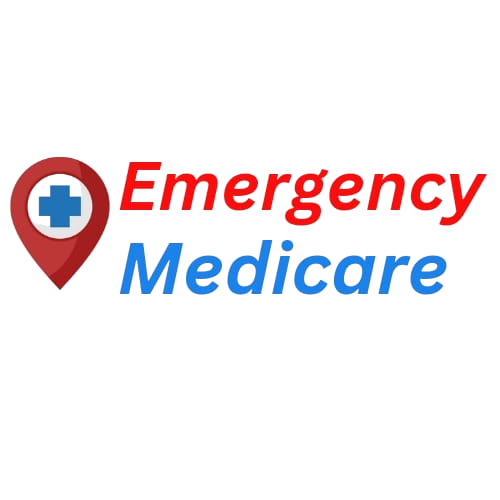Burns are one of the most common household injuries, whether from hot water, cooking, or even sunburn. While minor burns can often be treated at home, more severe burns require immediate medical attention. Knowing how to provide proper first aid for burns can help reduce pain, prevent infection, and promote faster healing.
In this blog, we’ll walk you through the different types of burns, how to treat them, and when to seek professional help. Let’s dive in!
What is a Burn?
A burn is damage to the skin or deeper tissues caused by heat, chemicals, electricity, or radiation (like sunburn). Burns are categorized into three main types based on their severity:
- First-Degree Burns: These affect only the outer layer of the skin. They cause redness, mild pain, and swelling (e.g., sunburn).
- Second-Degree Burns: These damage the outer layer and the layer underneath. They cause blisters, severe pain, and swelling.
- Third-Degree Burns: These are the most severe and damage all layers of the skin and possibly deeper tissues. The skin may look white, blackened, or charred, and there may be little to no pain because nerve endings are damaged.
First Aid for Burns
1. First-Degree Burns
- Cool the Burn: Hold the burned area under cool (not cold) running water for 10–15 minutes. You can also use a clean, wet cloth.
- Soothe the Skin: Apply aloe vera gel or a mild moisturizer to keep the skin hydrated.
- Protect the Area: Cover the burn with a sterile, non-stick bandage or clean cloth.
- Pain Relief: Take over-the-counter pain relievers like ibuprofen or acetaminophen if needed.
- Cool the burn with water and apply aloe vera for relief.
2. Second-Degree Burns
- Cool the Burn: Run cool water over the burn for 10–15 minutes. Avoid using ice, as it can damage the skin further.
- Protect Blisters: Do not pop blisters, as they help protect the skin underneath.
- Cover the Burn: Use a sterile, non-stick bandage to cover the burn and prevent infection.
- Seek Medical Help: If the burn is large (bigger than 3 inches) or on sensitive areas like the face, hands, or feet, see a doctor.
- Cover the burn with a sterile bandage and avoid popping blisters.
3. Third-Degree Burns
- Call for Emergency Help: Third-degree burns require immediate medical attention. Call 911 or your local emergency number.
- Do Not Remove Clothing: If clothing is stuck to the burn, do not try to remove it.
- Cover the Burn: Use a clean, dry cloth or sterile bandage to loosely cover the burn.
- Elevate the Area: If possible, raise the burned area above the heart to reduce swelling.
- Cover the burn loosely and seek emergency help immediately.
What NOT to Do for Burns
- Do not apply ice, butter, oil, or toothpaste to a burn—these can worsen the damage.
- Do not break blisters, as this increases the risk of infection.
- Do not use adhesive bandages directly on the burn, as they can stick to the skin and cause further injury.
When to Seek Medical Help
Seek professional medical care if:
- The burn is larger than 3 inches in diameter.
- The burn is on the face, hands, feet, or genitals.
- The burn is caused by chemicals, electricity, or an explosion.
- The burn shows signs of infection (e.g., redness, swelling, pus, or fever).
Preventing Burns
- Use caution when cooking or handling hot liquids.
- Keep children away from hot stoves, fireplaces, and electrical outlets.
- Wear sunscreen to prevent sunburn.
- Install smoke detectors in your home and have a fire extinguisher handy.
Final Thoughts
Burns can be painful and scary, but knowing how to provide proper first aid can make a big difference. Remember to cool the burn, protect the area, and seek medical help for severe burns. By staying prepared and taking precautions, you can reduce the risk of burns in your daily life.
Stay safe, and take care of your skin! 😊

Leave Your Comment